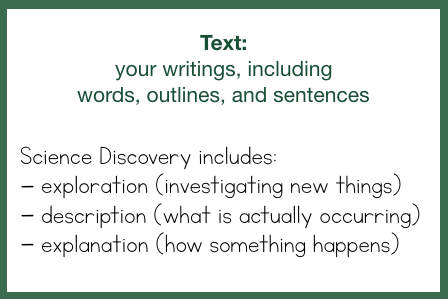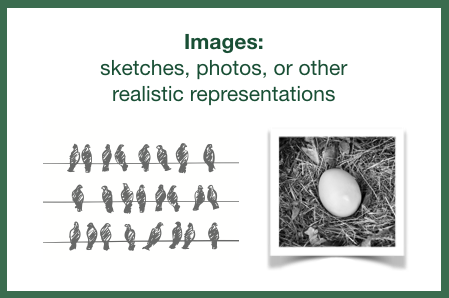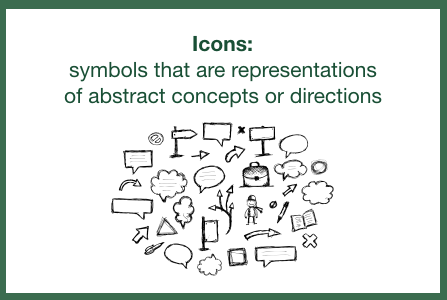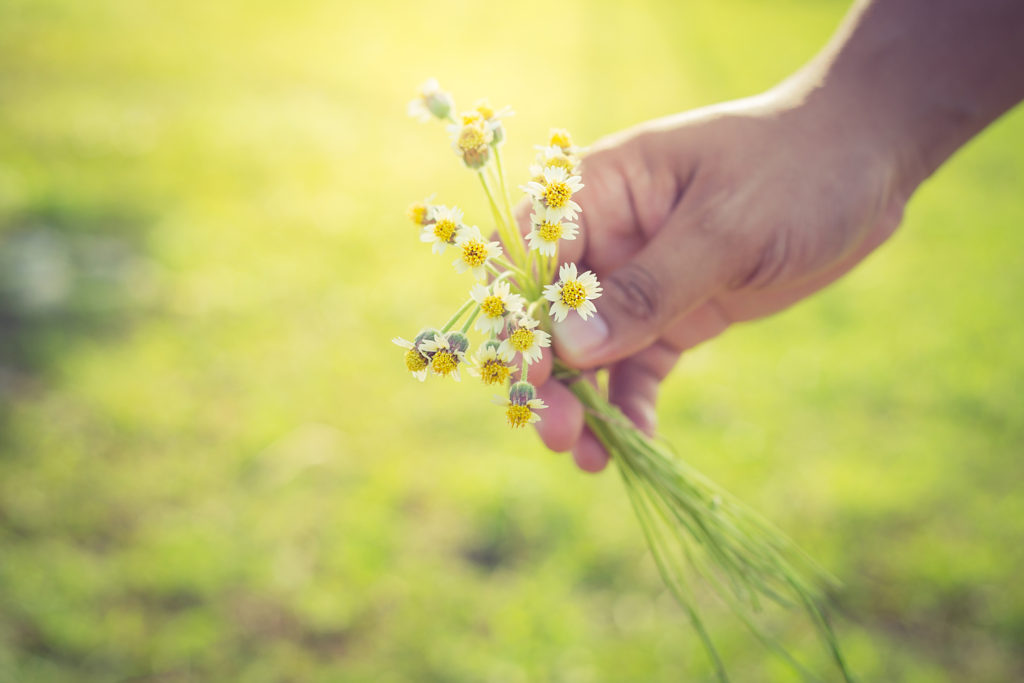Guide 1A Biodiversity
Products
Quiz and Journal Pages
Review Guide 1A Contents
Guide 1A Biodiversity Objectives
This guide’s quiz has four questions; one matching each objective.
Patterns of Nature
Classification
Flowers
Fruits & Seeds
Guide 1A Biodiversity Quiz
Guide 1A Journal Assignment #1
Introduced in the Patterns of Nature section of this guide:
Journal Page #1: Notes
In this section and the next three sections (webpages) of this Biodiversity Guide, you will be taking notes on the concepts that are covered. At the end of the guide, you will upload these notes to Canvas as one of this guide’s two journal assignments.
You can take notes digitally on a device or on a piece of paper that you digitally photograph and upload: your choice. You may have more than one page; take thorough notes because you can use these on the quiz.
We have provided PDF templates of the journal pages on Canvas if you have access to a printer. You do not need to use these; many people like to make their own pages, but also like to see what ours look like.

Include in your notes:
-
concepts from all four sections (web pages) in this guide.
-
a combination of text, images, and icons. Your notes may be mostly text, but some type of image and use of icons needs to be included.



Guide 1A Journal Assignment #2
Introduced in the Flowers section of this guide:
Journal Page #2: Labeled Flower Drawings
You will be drawing and labeling two different types of flowers. These can be flowers from around your home or you can use the videos on this page or on the resource page (link below). Draw from life or video instead of from a photo or another drawing.
Use caution if you collect outdoors; travel with a friend, be aware of your surroundings, avoid hazardous situations and restricted locations, and minimize impact on organisms and their environment.

Include in each of your two labeled flower drawings:
- the size, colors, and patterns of each flower
- the type (perfect/complete, composite, etc.)
- as many structures as you can observe, such as: sepals, petals, stamens (filament and anther), carpel/pistil (stigma, style, ovary).




